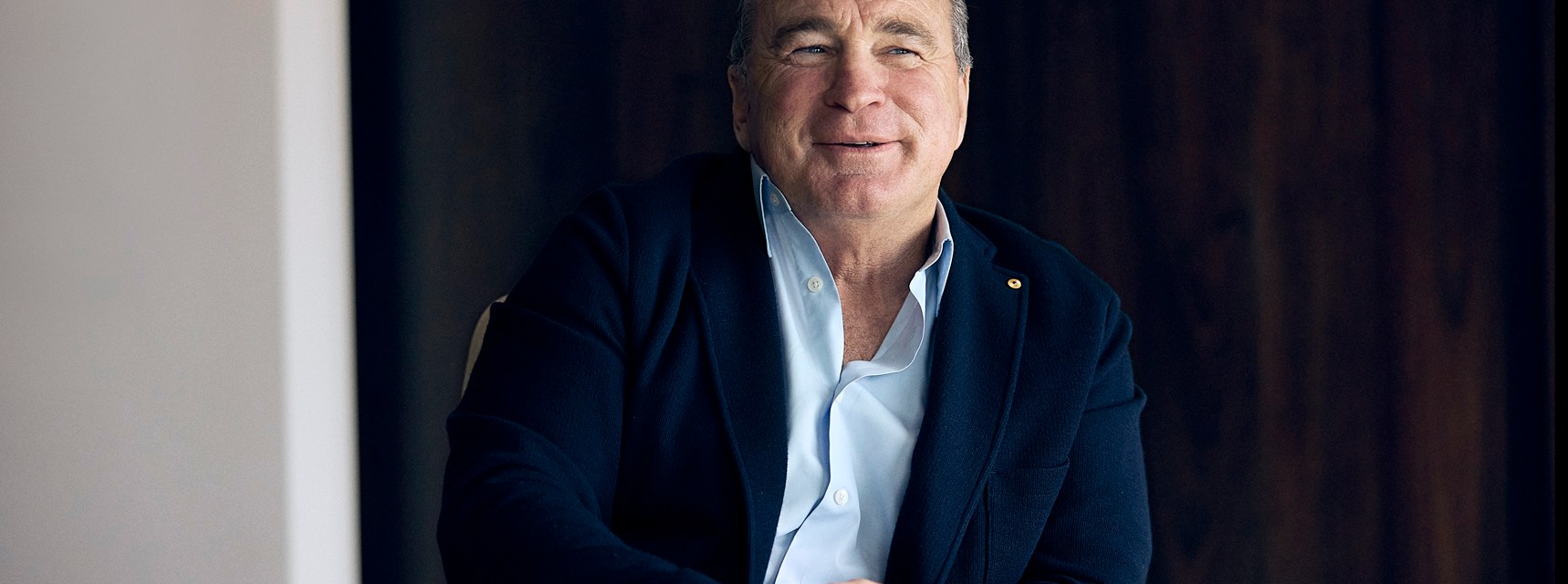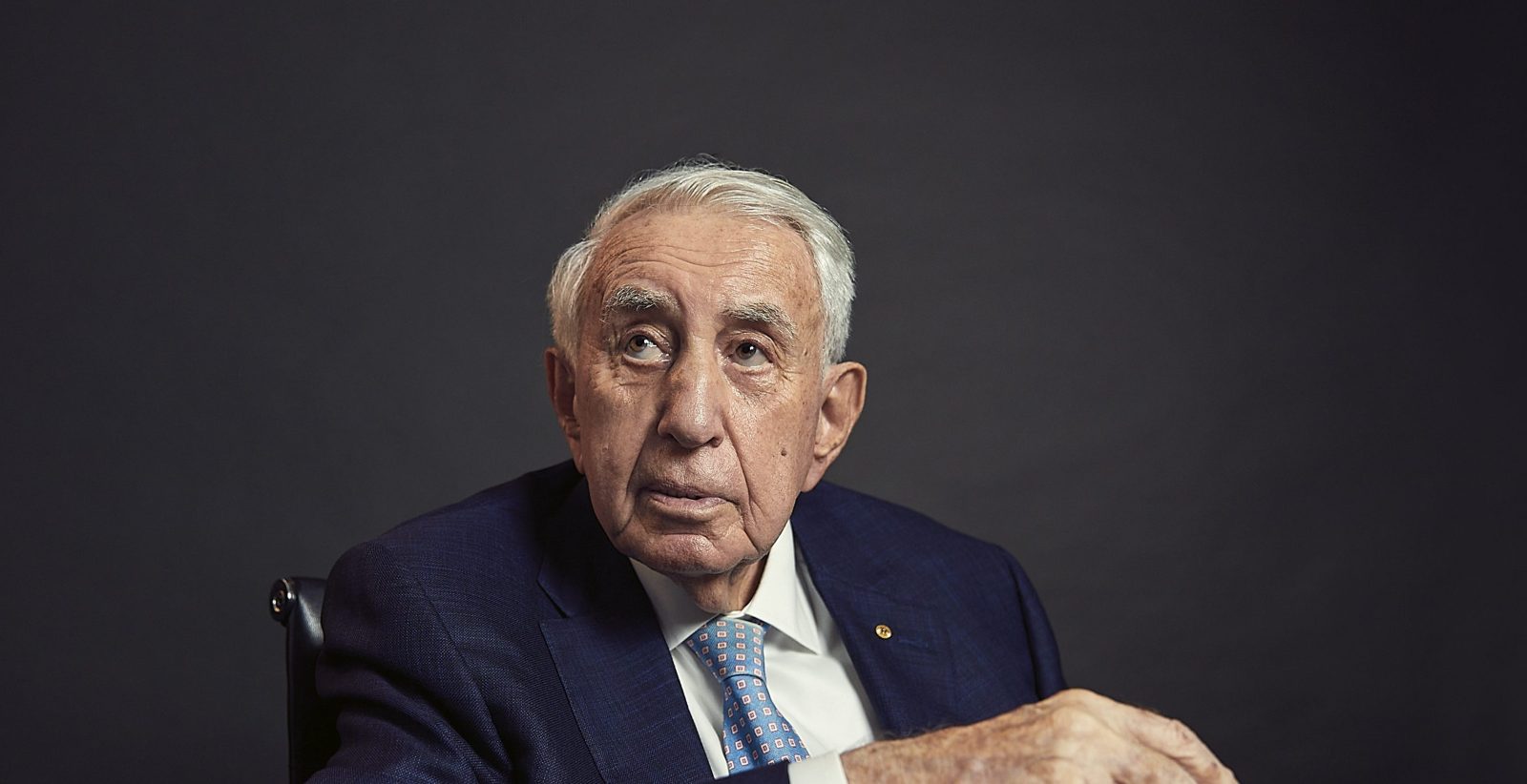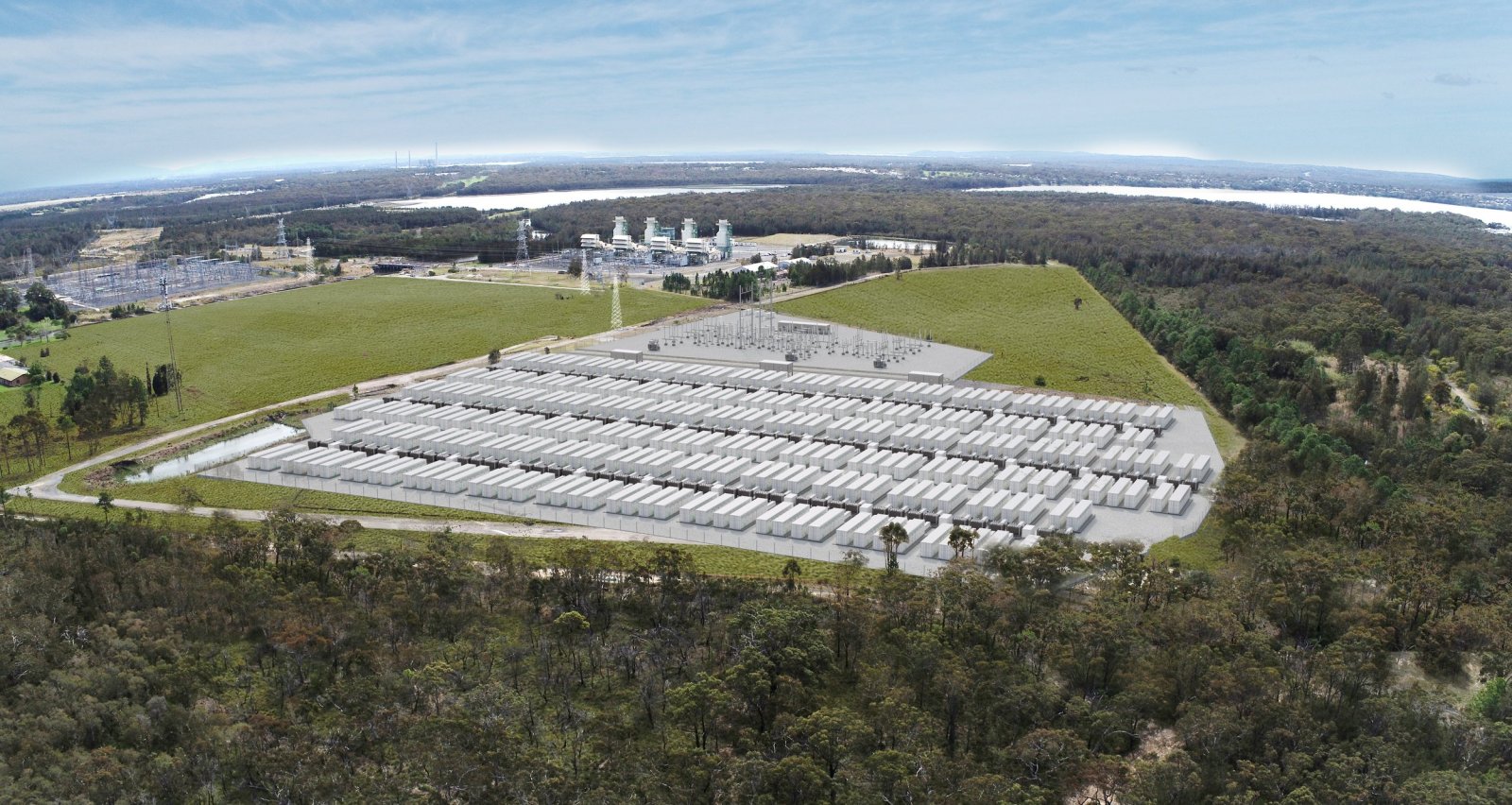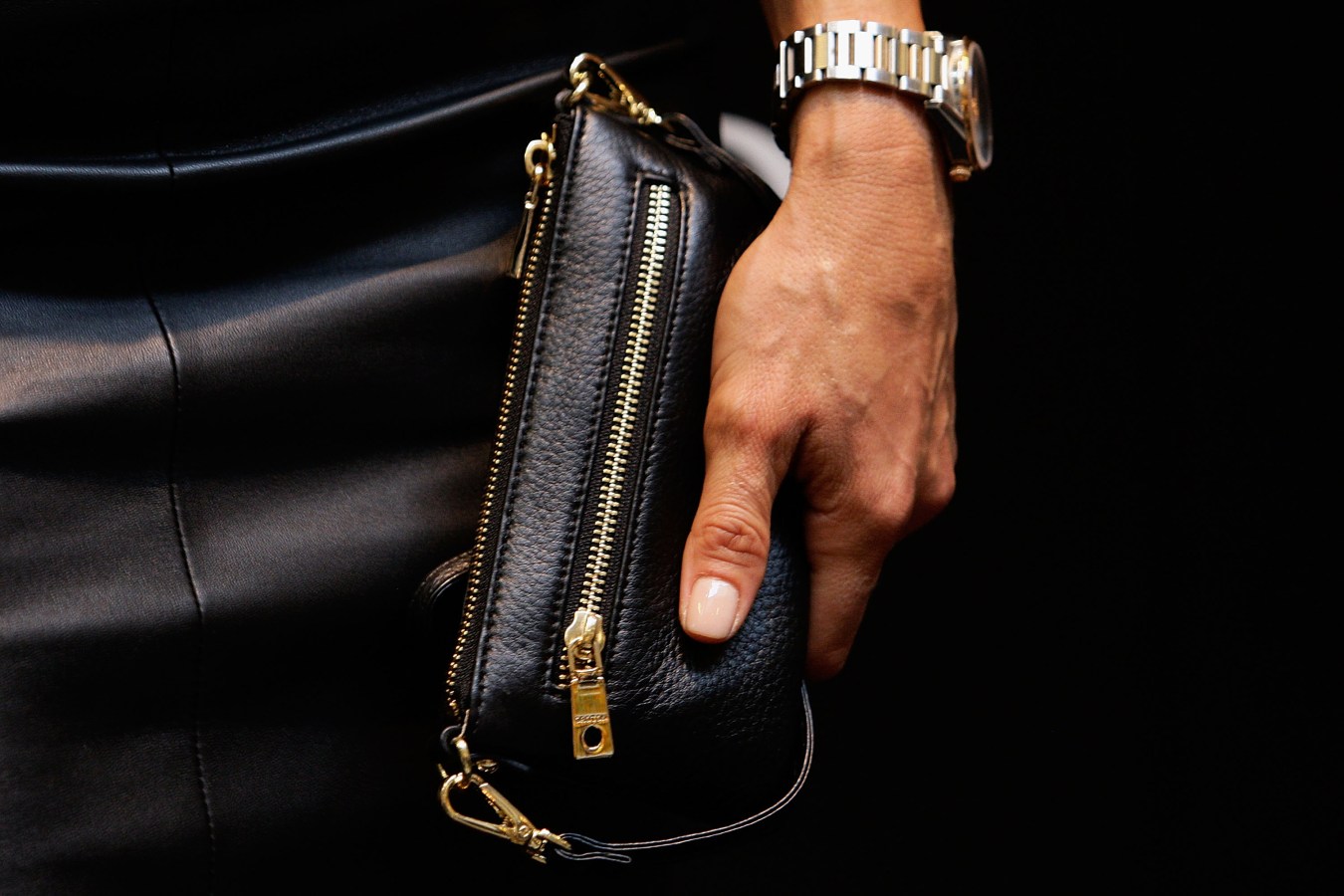The country’s largest trucking companies are on a journey to become net zero-emissions logistics operations by 2050. We sit down with Linfox executive chairman Peter Fox to talk about the barriers he faces in greening the Linfox fleet and the interstate infrastructure he is calling on Prime Minister Albanese to build.
This article was featured in Issue 10 of Forbes Australia. Tap here to secure your copy.
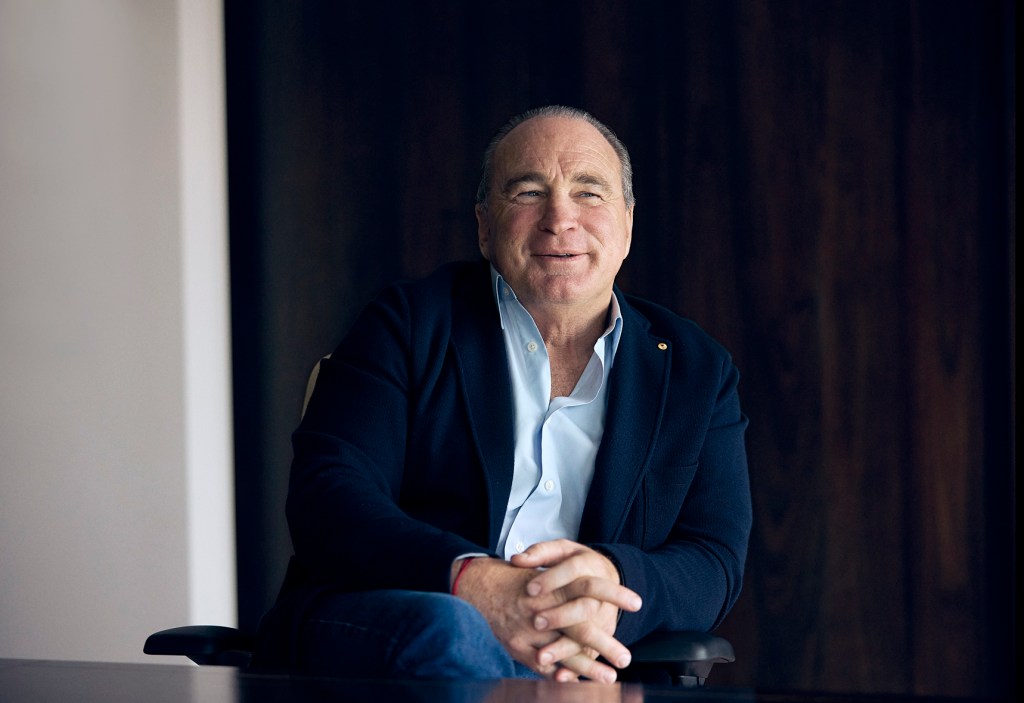
Peter Fox wants you to know he is not a greenie. “I wouldn’t classify me as an environmentalist. I think greenies have gone too far. They’ve gone too far left,” says the executive chairman of Linfox.
“I’m the son of a truck driver,” says Fox, the son of Lindsay Fox who founded the company in 1956 and has a personal net worth of $2.9 billion. “I’m practical, and I’m a realist.”
Fox ascended to the head of the Linfox board 30 years ago. Linfox generated $3.7 billion in revenue last year and is Asia Pacific’s largest privately owned logistics company.
In the past 15 years, Fox has spearheaded changes to push the company in a greener direction. He concedes that the shift he has made at Linfox since attending the United Nations Climate Change Conference is a start, but more needs to be done.
“My enthusiasm for alternatives goes back to when I attended COP,” he says. “We can’t deplete the planet of water. We can’t deplete the planet of oxygen. We’ll all die. Right? I’m not a greenie, but when you go to COP, and then you come back into your own world, [you ask yourself] how can we make a difference when it comes to the environment?”
“If Anthony Albanese wanted to build an infrastructure project that was his legacy, he needs to do a hi-speed inland rail line. With Brisbane with the Olympic Games in 2032 – it’s an absolute no-brainer.”
Peter Fox, Linfox executive chairman
The 61-year-old father of three has also seen the degradation of the environment with his own eyes. “I went down to Antarctica last year with the family. And there is an issue,” he says. “I do this because it makes sense.”
Linfox now operates six electric trucks out of a fleet of 5000, and the company is expected to announce a ground-breaking deal to acquire Volvo FM electric prime movers soon. Logistics company Team Global Express (TGE) took delivery of 60 medium-duty electric trucks in March, the largest electric fleet in the country and Volvo’s largest order of electric medium-duty trucks globally.
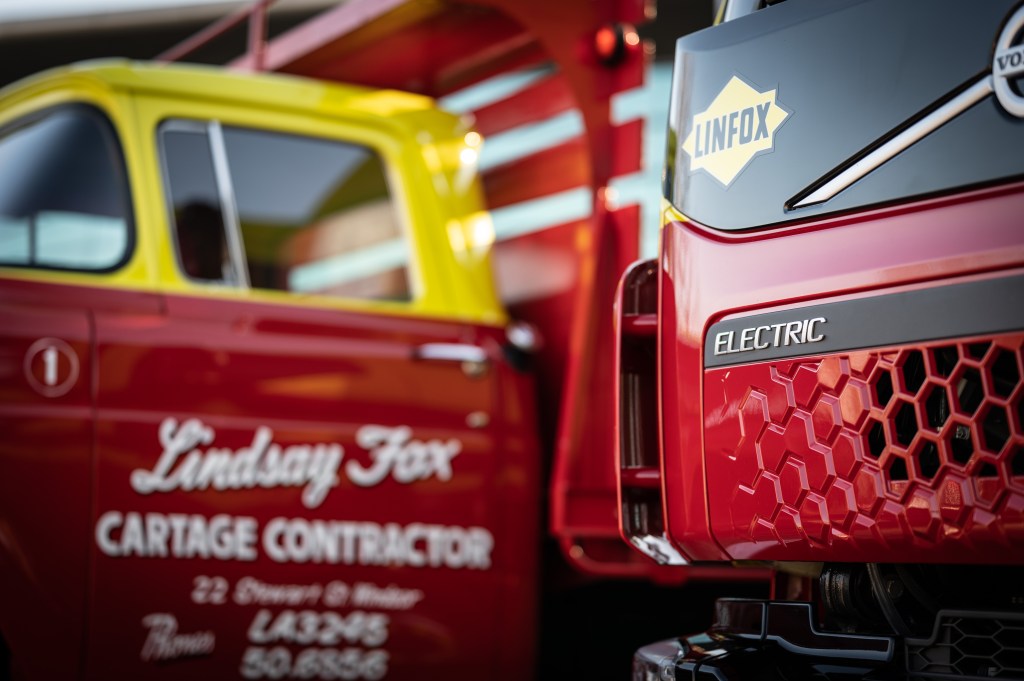
The cost of acquiring TGE’s trucks was offset by the Australian Renewable Energy Agency (ARENA.) TGE put in $25 million, and ARENA contributed $25 million. A similar arrangement is expected when Linfox announces its purchase of the Volvo FH heavy-duty electric trucks.
To enable further electrification of his fleet, however, Fox says electric charging stations suitable for heavy-duty trucks are needed nationwide, and regulations must be formalised to permit heavy-duty green trucks to travel interstate.
Fox’s focus is on the eastern seaboard. To take Linfox trucks that run on fossil fuels off the lucrative and busy Melbourne to Brisbane route, a clear map of roads that heavy-duty trucks can travel on needs to be built.
Through the contracts Linfox holds with Coles and Woolworths, some of its earliest customers, it transports food grown in Queensland to Victoria daily. “With a doubling of the freight task on the eastern seaboard in the next five years, the roads are just going to get more congested,” Fox says.
So, in addition to advancing the infrastructure and regulations to enable green trucking along the eastern seaboard, Fox is looking to transportation invented in the 1800s to green Australia’s transportation sector.
“If Anthony Albanese wanted to build an infrastructure project that was his legacy, he needs to do a high-speed inland rail line. With Brisbane with the Olympic Games in 2032 – it’s an absolute no-brainer,” he says.
If an efficient railroad connecting Melbourne to Brisbane were in place, Fox says he would take the red and yellow Linfox trucks that serve that route off the roads. He says shipping containers can more efficiently be transported by rail, and building a high-speed rail for freight would benefit not just his company but all logistics companies in the country.
The executive chairman says it would be cheaper for customers like Coles and Woolworths to ship produce and goods via train than by road. Right now, it is faster to transport goods via road than using the disjointed railway system that runs along the east coast of Australia.
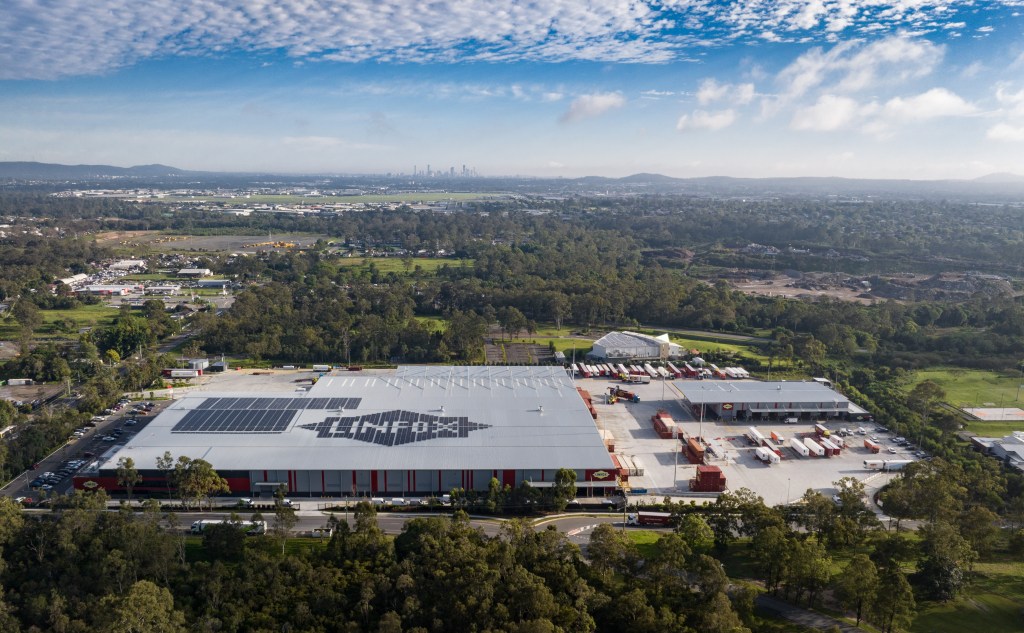
“Most of our produce now, coming into Victoria and New South Wales, is coming from Far North Queensland. It’s coming down by trucks on the Newell Highway,” he says. “You stick it [the freight] in a temperature control container, put it on the railhead and bring it into Sydney and Melbourne,” he says. “It’s got to come through Sydney – it gets caught in the passenger network that comes from Sydney down to Melbourne. It’s crazy. A truck beats it in time,” says Fox.
He says a train powered by renewable energy would be a much greener alternative. “The power should be getting generated by renewables. Australia’s got an enormous amount of gas. So, if you’re starting out fresh and you are brand new to it, and you have no preconceived ideas, you go… right – we’ve got a shitload of gas, a shitload of hydrogen. We don’t have to produce it by mining it out of the ground. Let’s put a big power station in the middle of the eastern seaboard somewhere and plug it into a national grid. You can get gas generators today that produce very little carbon and have good filtration systems. These are big global infrastructure things.”
“It’s a piece of infrastructure that’s got to be done. The biggest difficulty is the mountain range south of Brisbane – it’s expensive because you need tunnels and bridges. It would be feasible, more cost-effective, and it would be more environmentally friendly,” says Fox.
The Australian government has stated that it is concerned about emissions from the transport sector and that over the last 20 years, greenhouse gas emissions from the industry have spiked 19%. According to government analysis, by 2030, transport will be the largest greenhouse gas polluter in the country. To combat this, the federal government has committed to a 2030 target to reduce greenhouse gas emissions nationally to below 43%. Twenty years after that 2030 deadline, the target is to achieve net zero emissions.
Fox says that transforming a thriving company to be entirely green will not happen instantly. Replacing diesel trucks with green alternatives makes sense when new trucks need to be purchased, he says, but discarding all of the trucks that are currently in the fleet and bringing in all-new EVs is not going to happen overnight.
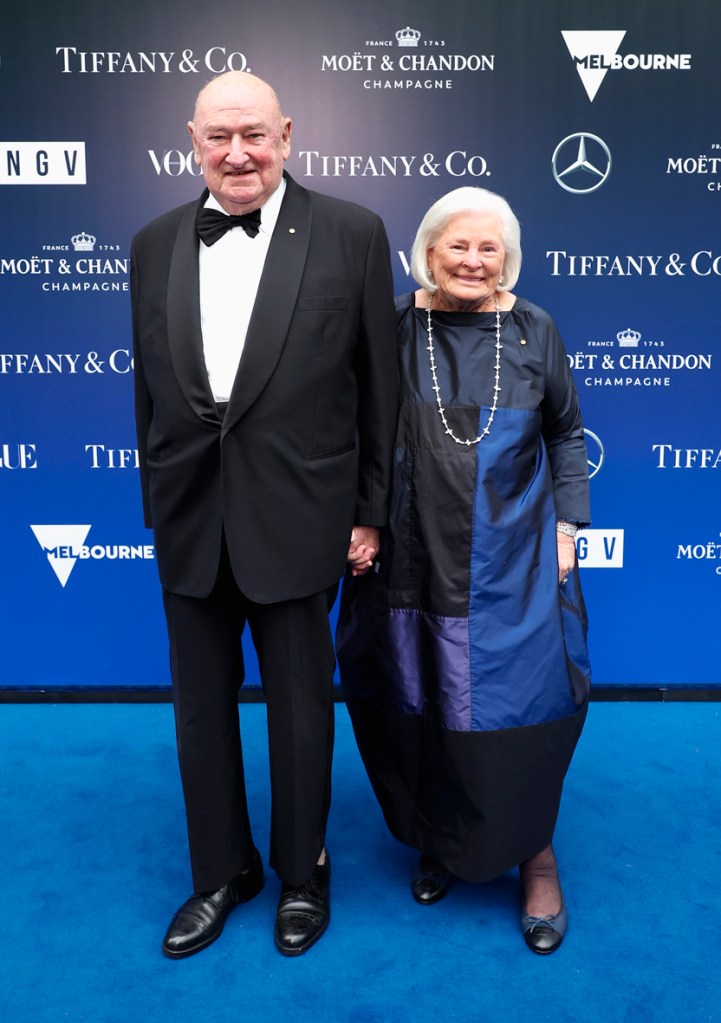
The irony that his dad started Linfox by transporting coal, a fossil fuel, using a truck he took out a 400-pound loan on is not lost on Fox. It was 1956 and Melbourne was hosting the Olympic games. “In the early days, it was briquettes, on his back, with a potato sack,” Fox says proudly of his dad. The 19-year-old Lindsay transported coking coal from the West Melbourne gasworks and played professional football for the St Kilda football club on the weekends.
Almost 70 years later, Linfox states its fleet travels 450 million kilometres throughout Asia Pacific annually. In addition to its trucks, Linfox has more than 4,500 containers that travel 30 million kilometres annually across Asia Pacific. It has operations in Australia, New Zealand and eight other countries. The company made $139.5 million in profit last year from revenue of $3.7 billion.
Look back on the week that was with hand-picked articles from Australia and around the world. Sign up to the Forbes Australia newsletter here or become a member here.
